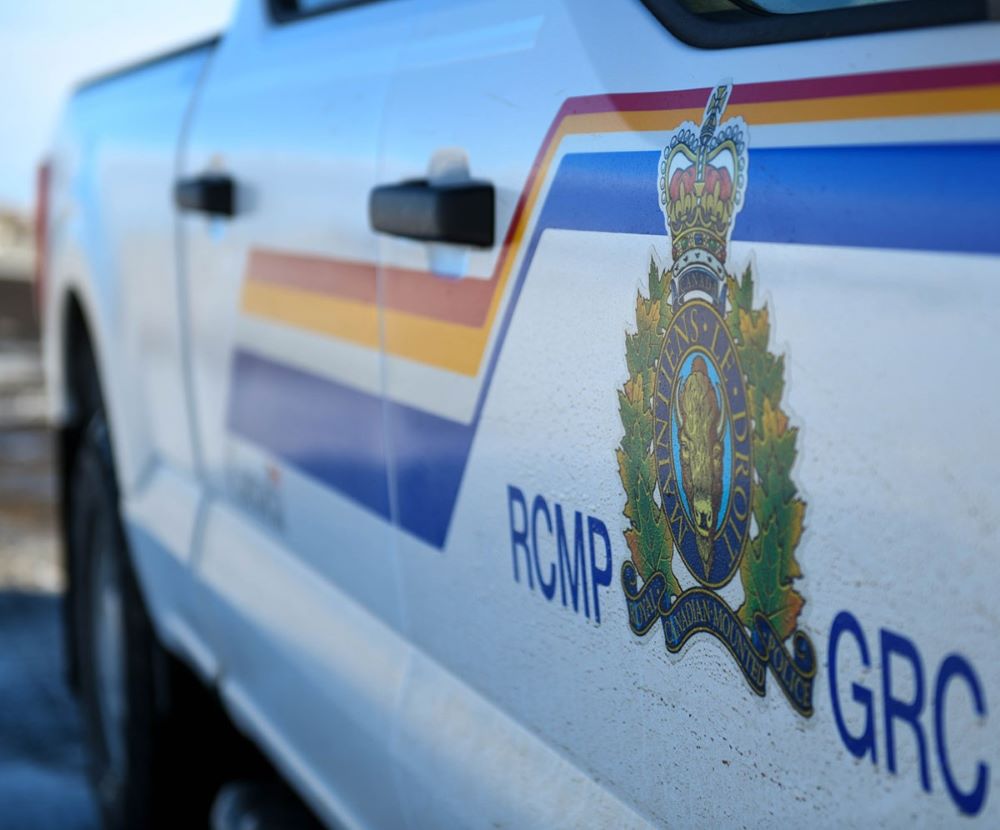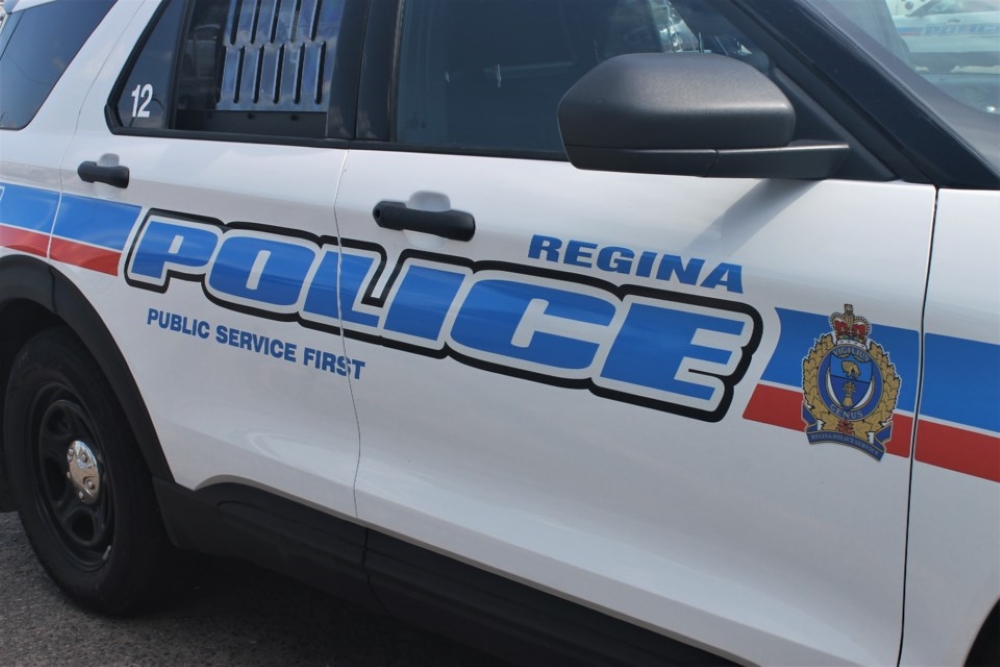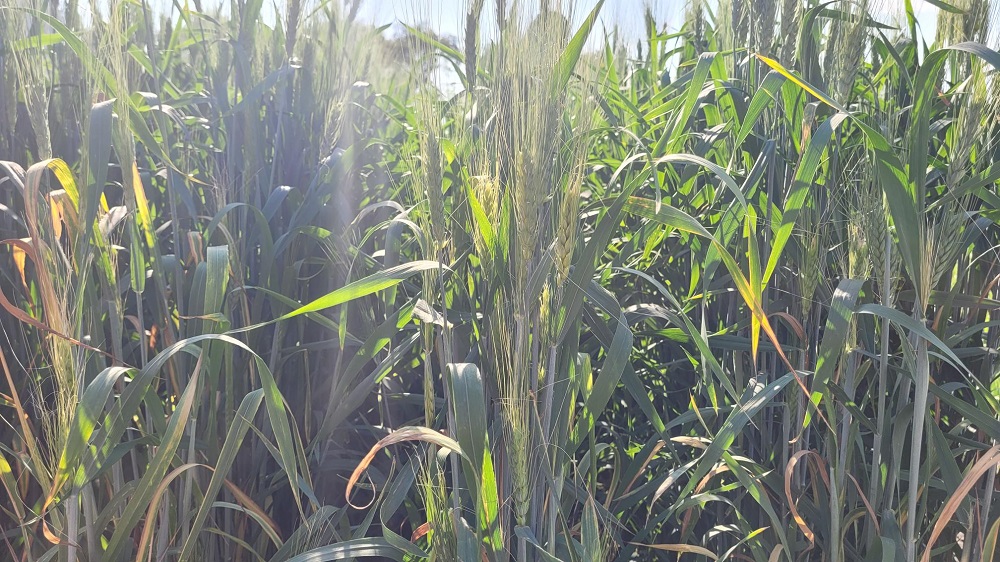The Water Security Agency (WSA) has unveiled its preliminary spring runoff report, revealing below-average snow and dry fall conditions across Saskatchewan. This combination results in runoff levels ranging from below average to below normal across the province.
Despite the dry conditions leading to freeze-up in Fall 2023, central water supply reservoirs in southern Saskatchewan are predominantly at or above normal levels. However, exceptions include Avonlea and some reservoirs in the southwest.
“In Saskatchewan, we are fortunate to have Lake Diefenbaker, and I am glad to see other reservoirs in the province are at near-normal levels,” stated David Marit, Minister Responsible for the Water Security Agency. “In anticipation of potential dry summer conditions, a conservative overwinter operating plan focused on retaining water supplies is being implemented for Lake Diefenbaker and other reservoirs across the province.”
The WSA is taking proactive measures to safeguard and manage Saskatchewan’s water resources. This includes maintaining water levels at Lake Diefenbaker 3.5 metres higher during winter to retain water supplies in case of low mountain runoff. Higher winter levels are also held at other major reservoirs to maximize water storage.
Long-range forecasts predict near-normal precipitation and warmer temperatures across Saskatchewan from February to April, with southern areas experiencing the highest temperature increases.
“Our network of reservoirs and canals, combined with our allocation system, means we can store water and prioritize to ensure communities have reliable drinking water, while producers and industry receive equitable supply that does not negatively impact our environment,” Minister Marit emphasized.
A comprehensive runoff report is scheduled for release in March once additional data is collected from snowpack surveys across the province, with regular updates throughout the spring.









